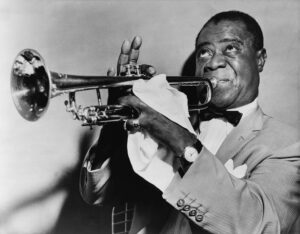Head voice is one of the vocal registers. In singing the term is used to describe
- the high part of the vocal area
- singer’s sensations of where the sound resonates
- the vibratory pattern of the vocal folds, mechanisms 2 and 3
- head voice sound
Definitions that base on singer’s aural perception and kinesthetic perception of the resonation are not as accurate as a definition that is based on the vibratory pattern of the vocal folds. Hence these different aspects are discussed as separate topics in this article.
1. Head Register As Vocal Area
When talking about head voice (head register; sometimes falsetto which can be considered as a register of its own) what is meant is the higher vocal area both for women and men. Often times middle voice is thought to locate between chest and head voices, which holds a larger area for women than men. The description of head voice is based on singer’s kinesthetic perception of where the head voice resonates.
The head voice area can also be defined from the point of view of true vocal fold vibratory pattern which will be discussed in chapter 3.
2. Head Voice Is Felt In The Head
The term head voice describes how and where the notes above 330 Hz (e4) are felt.
Therefore the head voice
- is felt in the head as resonation
- is (typically) used in the higher part of the voice
- sounds lighter than the chest voice, although it can still be quite loud
3. Head Voice From The Perspective Of True Vocal Fold Vibratory Pattern
It must be stated that defining head voice through true vocal fold vibratory pattern is complex, as some voice teachers consider mechanism 2 (M2) to be head voice, others prefer to call head voice a sound produced with mechanism 3 (M3). In addition, some voice teachers call head voice anything produced with either one of the two mentioned.

4. Head Voice As A Definition For Vocal Quality Is A Challenge
Head voice is heard in many different singing styles. Here are a few examples:
- Choir music: f. ex. youth and children choirs
- “Crooners”: f. ex. Nat King Cole
- Opera: f. ex. soprano Maria Callas or counter tenor Jakub Józef Orliński in the high part of their voices
- Pop music: f. ex. Michael Jackson or The Bee Gees







3 thoughts on “What Is Head Voice And How Is It Produced?”